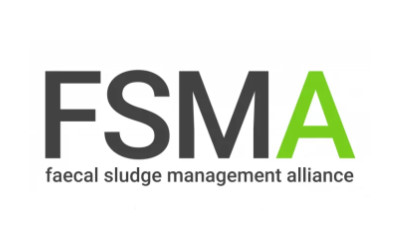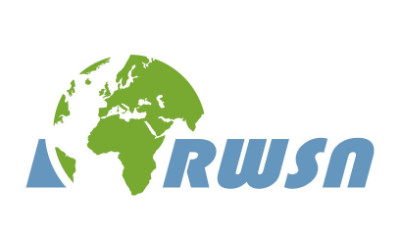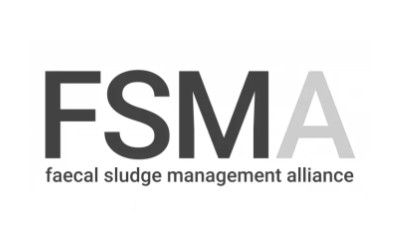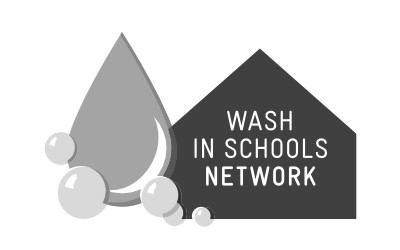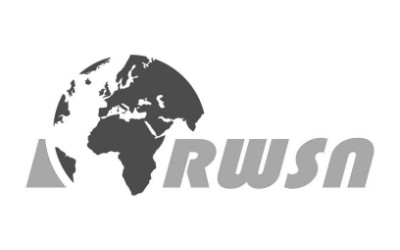Improving women’s nutrition imperative for rapid reduction of childhood stunting in South Asia: coupling of nutrition specific interventions with nutrition sensitive measures essential - Review Article in: Maternal & Child Nutrition
Vir, S. C. (2016)
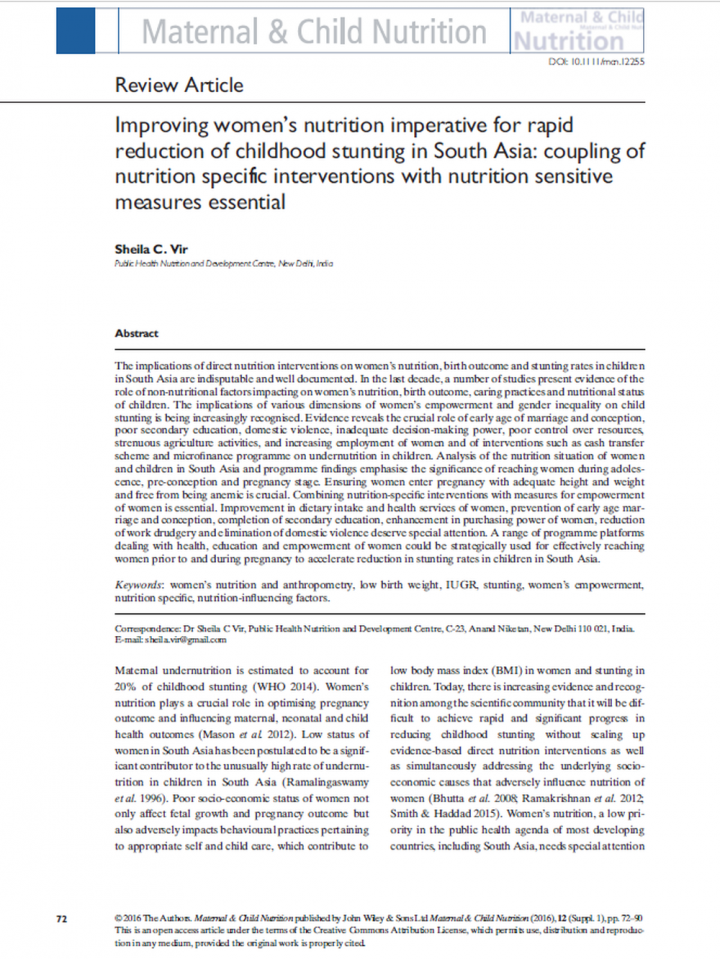
Published in: 2016
Pages: 19
Publisher:
JohnWiley & Sons Ltd
Author:
Vir, S. C.
Uploaded by:
SuSanA Admin
Partner profile:
common upload
2783 Views
6 Downloads
The implications of direct nutrition interventions on women’s nutrition, birth outcome and stunting rates in children in SouthAsia are indisputable and well documented. In the last decade, a number of studies present evidence of the role of non-nutritional factors impacting on women’s nutrition, birth outcome, caring practices and nutritional status of children. The implications of various dimensions of women’s empowerment and gender inequality on child stunting is being increasingly recognised. Evidence reveals the crucial role of early age of marriage and conception, poor secondary education, domestic violence, inadequate decision-making power, poor control over resources, strenuous agriculture activities, and increasing employment of women and of interventions such as cash transfer scheme and microfinance programme on undernutrition in children. Analysis of the nutrition situation of women and children in South Asia and programme findings emphasise the significance of reaching women during adolescence, pre-conception and pregnancy stage. Ensuring women enter pregnancy with adequate height and weight and free from being anemic is crucial. Combining nutrition-specific interventions with measures for empowerment of women is essential. Improvement in dietary intake and health services of women, prevention of early age marriage and conception, completion of secondary education, enhancement in purchasing power of women, reduction of work drudgery and elimination of domestic violence deserve special attention. A range of programme platforms dealing with health, education and empowerment of women could be strategically used for effectively reaching women prior to and during pregnancy to accelerate reduction in stunting rates in children in South Asia.
Bibliographic information
Vir, S. C. (2016). Improving women’s nutrition imperative for rapid reduction of childhood stunting in South Asia: coupling of nutrition specific interventions with nutrition sensitive measures essential - Review Article in: Maternal & Child Nutrition. JohnWiley & Sons Ltd
Filter tags
English Sexual and Reproductive Health and Rights (SRHR)






